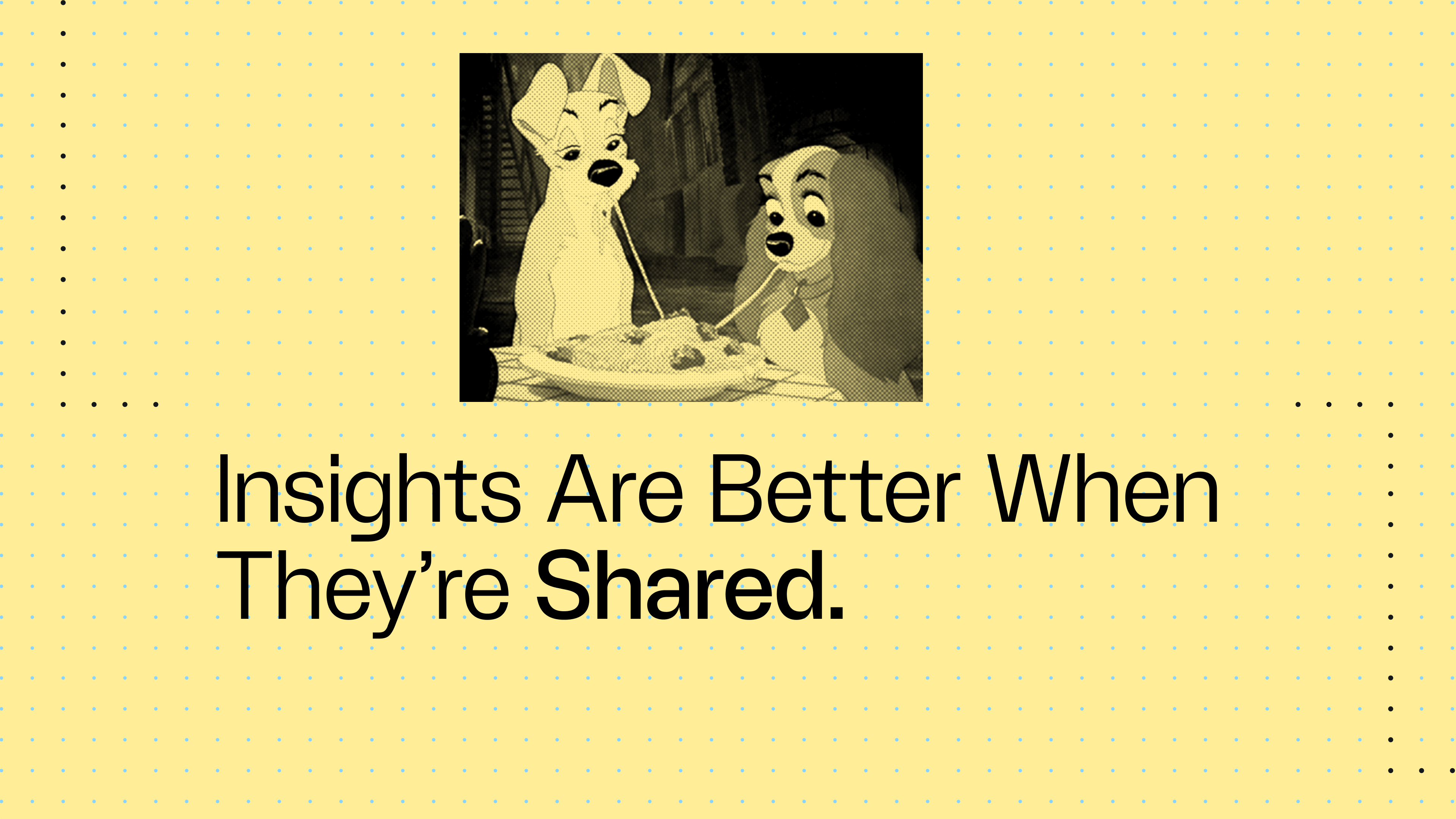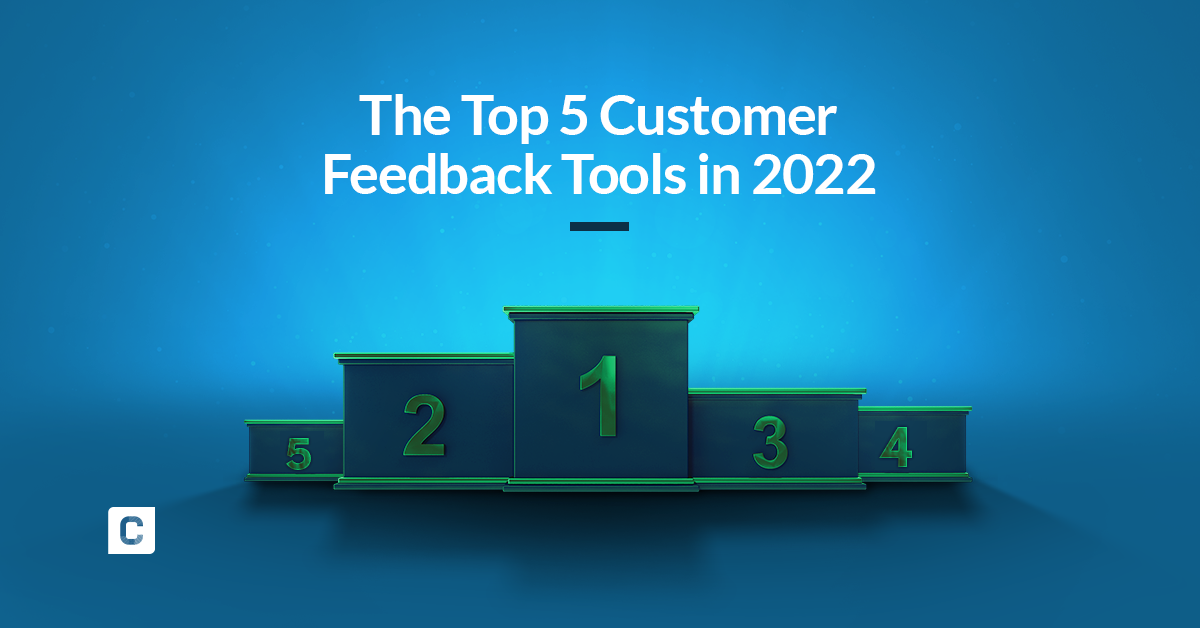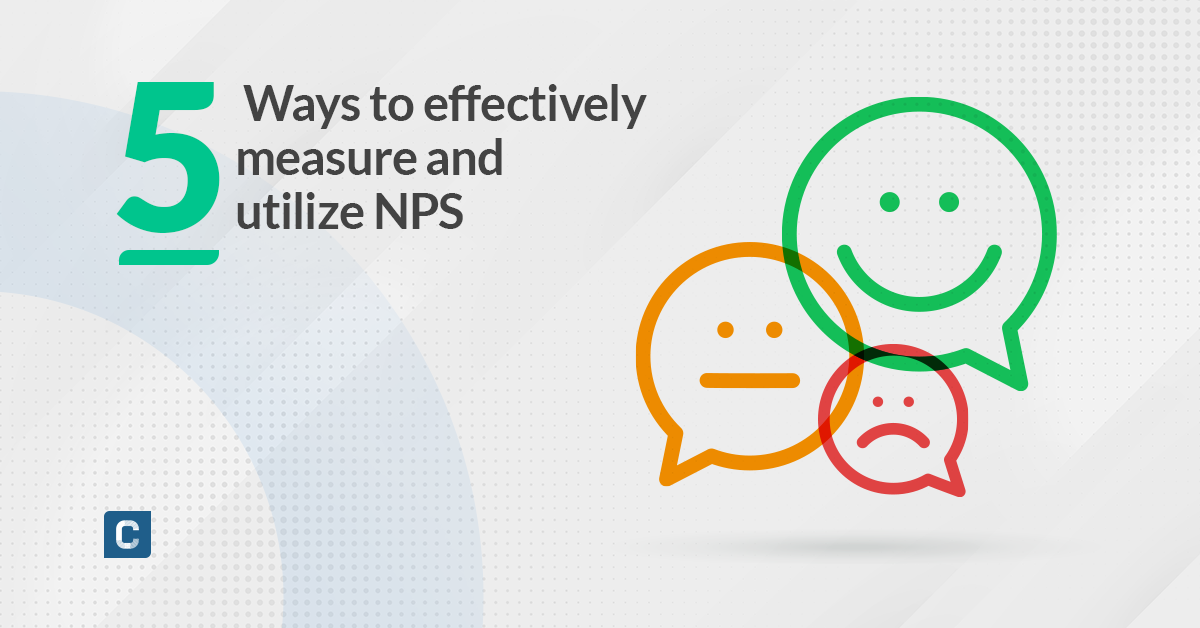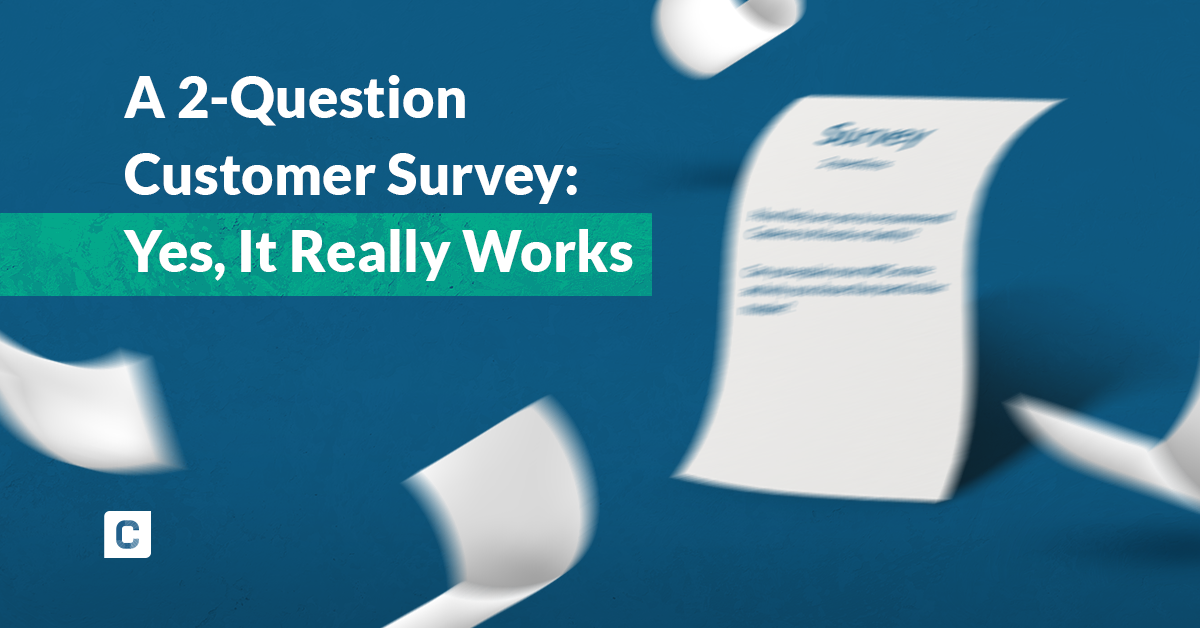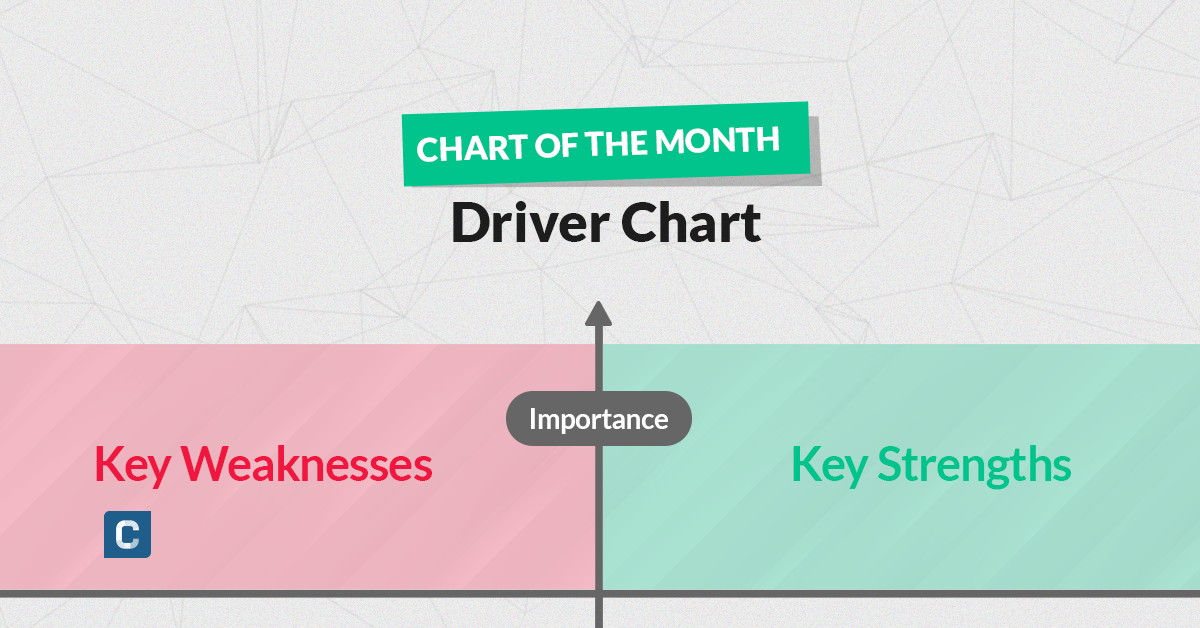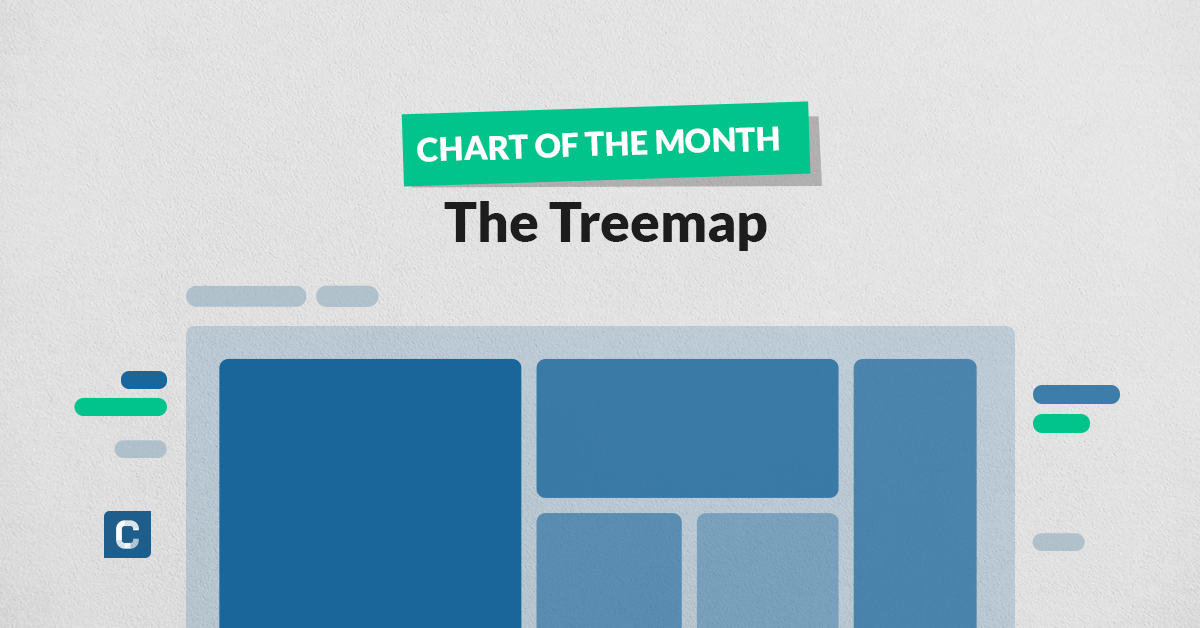10 Useful Customer Feedback Categories to Help Give You Valuable New Insight

Sheila Bugal
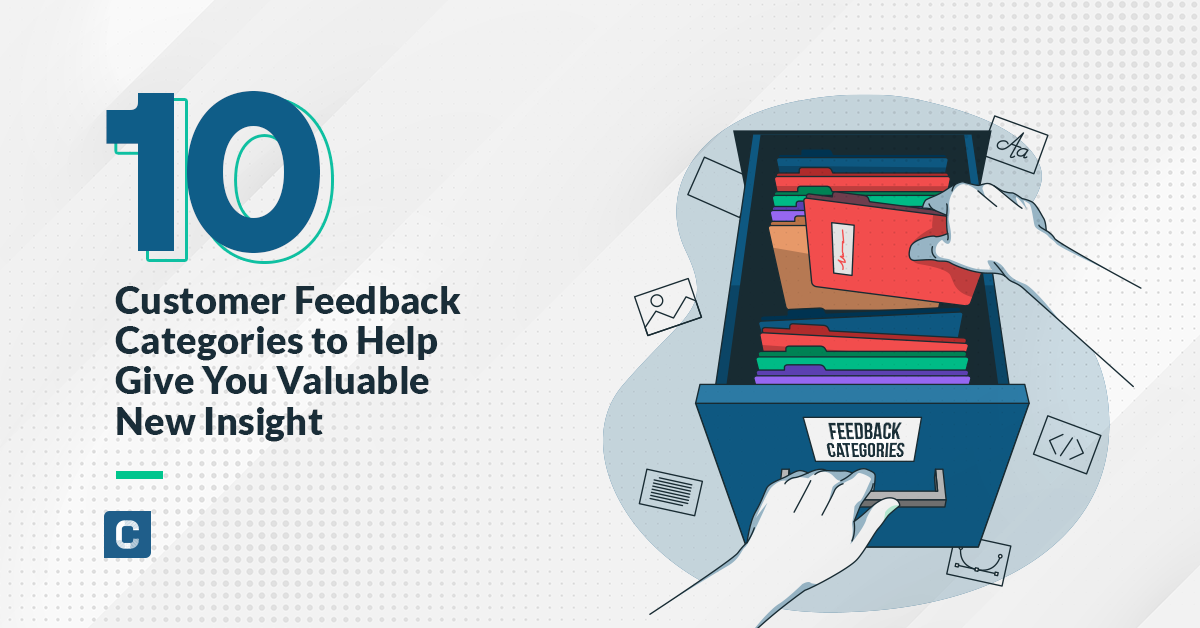
Most business owners are well aware that open-ended feedback provides invaluable insight into helping them improve their product or service, boost user satisfaction, and even expand their customer base. But analyzing this useful information requires a significant amount of organization, protocol, and follow-up – The first step of which is creating customer feedback categories for feedback analysis.
Automatically assigning open-ended feedback into predetermined categories makes the analysis of this information that much simpler. It gives business owners and analysts immediate insight into what needs to be tweaked, refined, added, or tossed out. When it comes to feedback analysis, categories are king.
But with all of the options for categorizing a potentially infinite variety of answers, how do you choose the right categories? How specifically do you need to be? Or, should you keep categories broad and general? You can do this manually or you can take advantage of customer feedback tools that use machine learning to effectively categorize your data.
If you decide to manually categorize the feedback, one general rule is to establish a positive/negative “version” of each category – This tactic gives you immediate insight into whether customers are happy or unhappy with a specific aspect of your product or service. This is known as sentiment analysis.
Here are 10 feedback categories that can help give business owners and analysts valuable insight:
Universal Customer Feedback Categories: Applicable to Any Product or Service
#1: Customer Service
Whether you want to admit it or not, your customer service has a significant impact on how happy (or unhappy) your customers are with your business. This being the case, a general “Customer Service” category with subcategories is essential to any brand’s customer feedback framework. These can include:
Good Support (+)
Bad Support (-)
Fast, Efficient
Long Waiting Times
Friendly, Warm
Unfriendly, Rude
Competent
Incompetent
Depending on what your product or service entails, your customer service categories will vary. For example, if you run a travel website, your customer service will most likely be dealing with customers who are experiencing glitches with your site. Or, if you sell a mail-order health supplement, you may be talking to those who are experiencing package delays. In any case, think through the specifics of what you might encounter in feedback when determining subcategories for customer service.
#2: Pricing
Pricing is fairly straightforward. Your customers – or potential customers – will either think your product is fairly priced or overly expensive. That being said, there may be exceptional cases where customers think that you could be charging more for your product or service – and they’re not afraid to say it. But in general, you can stick with two categories: “Fair pricing / cheap” or “Too expensive.”
#3: Overall Perception
The overall perception of your brand is related to your overall customer satisfaction. If a survey taker gives a fairly general answer to your open-ended question such as “I love _,” this answer will be allotted to a subcategory: “Positive Experience.” On the other hand, if a survey taker quickly dismisses your product or service – “Not worth the money,” or “Terrible” (Of course, we hope you never get feedback like this!) – this type of answer will be assigned to the subcategory, “Negative Experience.”
#4: Other
Finally, you’ll probably want to include a catch-all “Other” category that accounts for exceptional feedback – a random insight, opinion, or thought that may not fit into any other predetermined category.
Customer Feedback Categories for Subscription Services – Such as an App, Phone Service, or Insurance
#5: Billing
If you run a paid subscription service, survey takers will most likely offer commentary and insight into your billing process. Similarly to pricing, billing will most likely be fairly straightforward. Either your survey takers have a positive perception (“Billing fair/positive”) or a negative perception (“Billing unfair/negative”).
#6: Usability
Paid subscription services usually offer users a tool or technological application to make life easier and more efficient. “Usability” applies to services that are used on a frequent basis – Think a phone, website, or application. Subcategories under usability may include:
Network Speed – Fast
Network Speed – Slow
Works well; Rarely/never experience glitches
Works poorly; Frequently experiences glitches
Easy-to-use and navigate
Poorly designed and difficult to navigate
Customer Feedback Categories for a Product – Such as Clothing, Electronic, Food, or Health Item
#7: Quality
If you sell an item that your customers wear, eat, apply, take or use for their household, they may very likely comment on quality. Of course, depending on the type of product you sell, subcategories for quality will range dramatically:
For food, you’ll want to include categories about taste: “Delicious taste/positive” or “Bland/bitter/bad taste/negative.” Customers may also comment on how your food item makes them feel, how it pairs with other foods, or how sweet/spicy/rich your item is.
For a health product, you’ll want to include categories about effectiveness: “Effective, I see/feel a difference/positive” or “Ineffective, doesn’t work/negative.”
For clothing, you’ll want to include a subcategory that involves quality: “Nice fabric, material/good quality/positive” or “Cheap/poor quality/negative.”
For an electronic tech item, include subcategories that involve functionality. You can bet that if your product frequently breaks down or doesn’t work, your customers will have something to say about it.
#8: Design/Appearance
If you sell clothing, decorative items, or even electronics, your customers will be commenting on overall look and appearance – especially if you’re an online retailer. Try including subcategories that involve accuracy: “Accurately presented, true to image/positive” or “Inaccurately presented/negative.”
Customer Feedback Categories – Market Research Agencies
Market research agencies will use customer surveys in a different way than traditional businesses: By gathering open-ended feedback from a target audience, they are gaining valuable insight into a market for other brands or businesses.
#9: Preferences/Lifestyle
Market research typically involves identifying a specific market: a demographic of users, customers, or clients in a given industry. Although you may use multiple choice questions to identify the details such as the income or age of your survey takers, your open-ended feedback may also include information about preferences or lifestyle habits.
For example, if you are performing research for a food/beverage company, you may want to include subcategories, such as “Active lifestyle/fit” or “Trying to lose weight.”
#10: Problems/Challenges
Your open-ended question may ask a survey taker about what kinds of problems or challenges they face. Depending on what kind of market you’re researching, include subcategories that account for a range of responses. Here are a few examples:
If you’re performing research for a tech/software company, include subcategories that involve challenges with pricing, speed, functionality, and usability (i.e. “Budgeting applications inaccurate”/ “Data storage too expensive”).
If you’re performing research for a cosmetics company, include subcategories that involve problems with pricing or quality (i.e. “Skin serums too expensive” or “Natural hair conditioner doesn’t work”).
Of course, there will be a wide variety of subcategories for market researchers. The important thing is that you’re able to gather valuable, actionable feedback for your clients, and only a strategic framework of customer feedback categories can help you achieve that.
Segmenting Your Feedback for Different Departments
For example, your HR department will be interested in open-ended feedback involving customer satisfaction. Your tech/IR department will want to know what users think about functionality and usability. In any case, customer feedback categories make it easy to deliver this information – and make insights from feedback immediately actionable.
Caplena: Making Customer Feedback Categorization Simple
Using a combination of human intelligence and artificial intelligence, Caplena provides an instantaneous annotation to help you quickly and easily categorize your feedback into categories of your choice. To facilitate the development of the categories, Caplena offers a variety of templates for individual industries.
- Universal Customer Feedback Categories: Applicable to Any Product or Service
- Customer Feedback Categories for Subscription Services – Such as an App, Phone Service, or Insurance
- Customer Feedback Categories for a Product – Such as Clothing, Electronic, Food, or Health Item
- Customer Feedback Categories – Market Research Agencies
- Segmenting Your Feedback for Different Departments
- Caplena: Making Customer Feedback Categorization Simple
Related blog posts
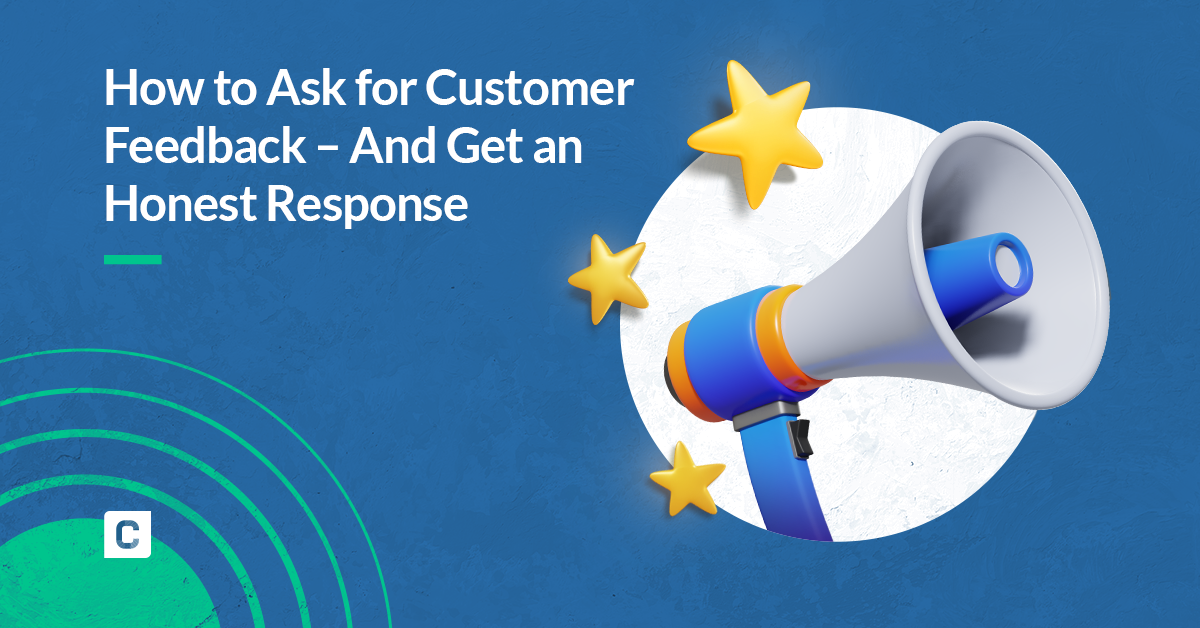
How to Ask for Customer Feedback – And Get an Honest Response
Customer feedback is about more than knowing whether your customers give your product three stars or five stars (although that is a valuable insight). It’s also about gathering the information that can help you make critical decisions and improvements….
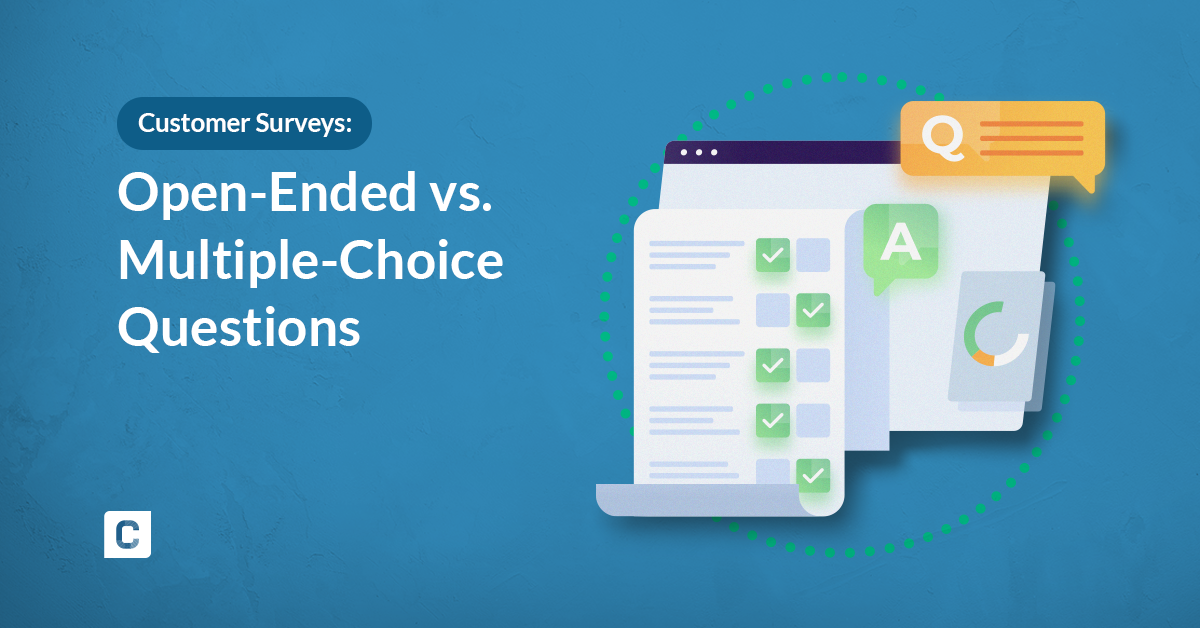
Customer Surveys: Open-Ended vs. Multiple-Choice Questions
How do you decide on what kind of survey to use? We’re eliminating some of the guesswork for you by giving you foundational advice to creating an effective customer survey, and a good old-fashioned comparison between open-ended vs. multiple-choice.

How to Ask for Customer Feedback – And Get an Honest Response
Customer feedback is about more than knowing whether your customers give your product three stars or five stars (although that is a valuable insight). It’s also about gathering the information that can help you make critical decisions and improvements….

Customer Surveys: Open-Ended vs. Multiple-Choice Questions
How do you decide on what kind of survey to use? We’re eliminating some of the guesswork for you by giving you foundational advice to creating an effective customer survey, and a good old-fashioned comparison between open-ended vs. multiple-choice.
